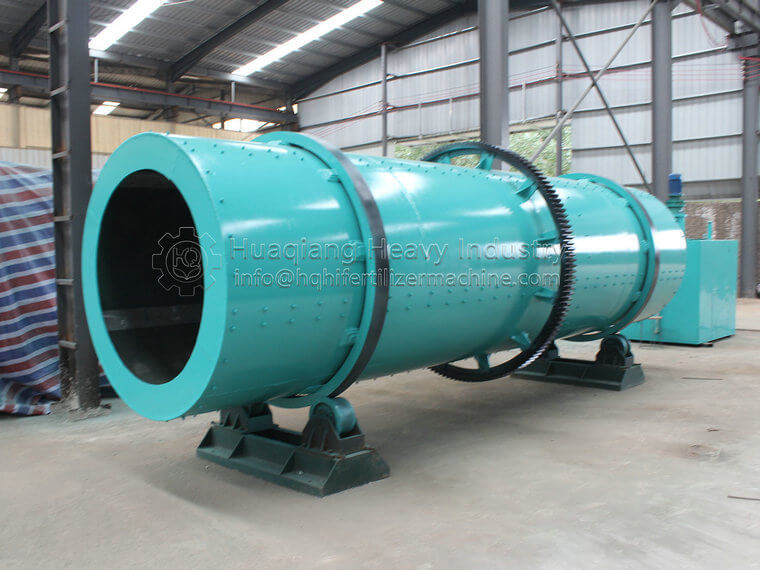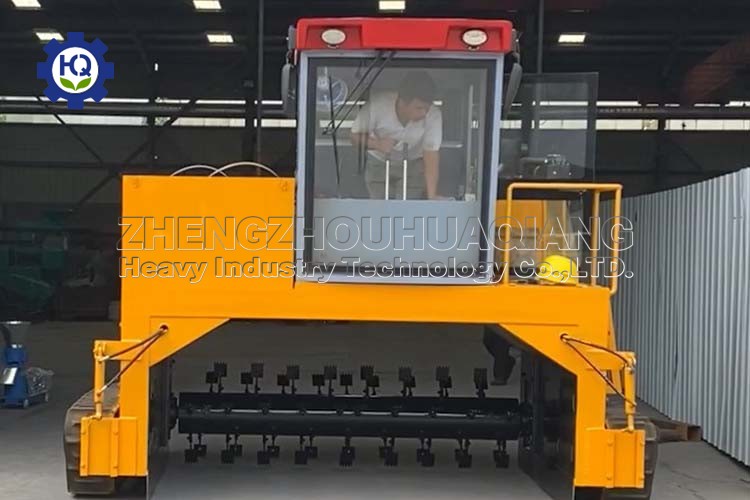Dry granulation mainly relies on the physical force of the machine to process the material. The huge compaction or compression force provided by this mechanism can make the material particles adhere to each other, the agglomeration is stable, and the appearance and fluidity are good. Granular products are suitable for transportation and storage due to the absence of chemical reactions. Common dry organic fertilizer granulators include double roller granulator and flat film granulators, etc. Low-moisture materials can be dry-granulated at room temperature. Dry granulation technology can be used in many places, such as fertilizer granulation, drug granulation, chemical granulation, livestock feed granulation, food granulation, etc. It is widely used and can be used in npk production line, organic fertilizer production line and so on as needed.

So is the dry granulator a universal granulation method? Of course, dry granulation is not a panacea, it has several disadvantages that you should know.
1. You must pre-prepare the material before pelletizing. The material needs to be fully fermented and chopped. In response to this problem, Heavy Industry Machinery has developed corresponding equipment. You can use our fertilizer composters and shredders for the job, which are also reliable and durable.
2. If the dry granulator is not good enough, you will end up with a lot of powder and dust in the process. But if you are using a dry granulator, this will not be a problem anymore. Our careful design will ensure that the process will not cause air pollution.
3. Since dry granulated granular products are made by extrusion or compression by a machine, they are not perfectly round. You can use a fertilizer granule polisher for this to make the granules look nicer and more spherical.
.jpg)
.jpg)



.jpg)

